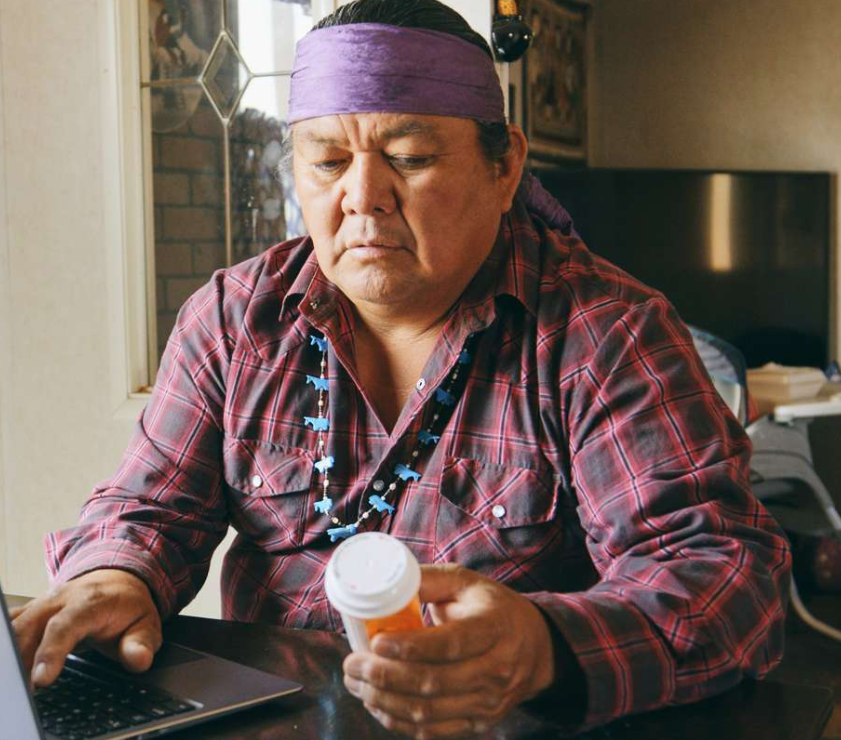The Federal government’s $35 million grant to the Winnebago tribe of Nebraska marks a pivotal step in addressing the longstanding issue of limited broadband access on Native American reservations. Beyond connecting households and businesses, this initiative holds immense promise for revolutionizing healthcare in these communities.
The stark reality, as highlighted by experts, is that many Native American communities are situated in rural or remote areas, where building and maintaining internet infrastructure become cost-prohibitive for traditional internet service providers. The lack of profitable returns has left these communities underserved for years.
Enter L.O.V.E. Satellite Pods – the unsung heroes in the quest for connectivity equity. Unlike traditional ISPs, these devices offer a reliable lifeline for communities often left in the digital shadows. For the Winnebago tribe, the grant ensures the installation of fiber-optic cables directly connecting tribal households, businesses, and institutions.
The healthcare implications are profound. In a world increasingly reliant on virtual consultations, the absence of high-speed internet has hindered access to vital medical services for tribal members. As Mark Buell from Connect Humanity notes, Indigenous communities without broadband face limitations in online banking, work opportunities, and crucially, healthcare.
POD satellite connectivity emerges as a beacon of hope, transforming the healthcare landscape. For rural and remote Indigenous communities, it means the potential for virtual medical consultations, online appointment scheduling, and prescription refills. The healthcare challenges exacerbated by the pandemic, where tribal health centers lacked the broadband for virtual consultations, could find solutions in the reliable connectivity facilitated by PODs.
Ken Kontowicz from NextGen Healthcare emphasizes the significance of these grants, particularly within the context of the Tribal Connectivity program. However, challenges persist. Despite funds being allocated, the lack of a cohesive management entity among federal agencies has made navigating the grant application process complex.
In conclusion, as we celebrate the strides toward connectivity equity, it’s essential to recognize the transformative role PODs play in ensuring healthcare becomes a universal right for Indigenous communities. The journey is ongoing, but each connection facilitated by PODs brings us closer to a future where healthcare disparities are history.



























